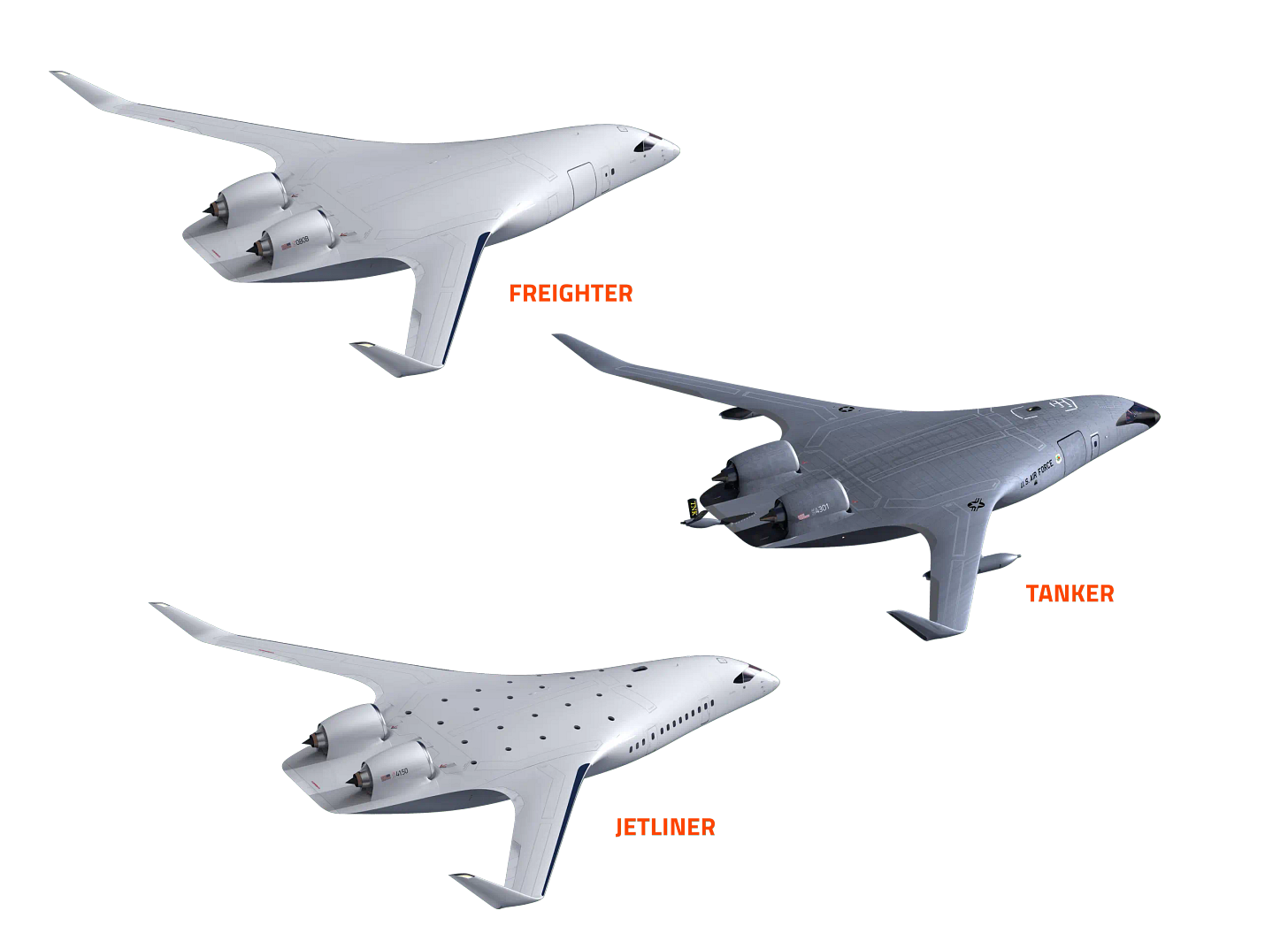American Airlines Expands Crackdown On 'Gate-Lice', to 100 Airports, and More

Dear readers,
Welcome to AviationOutlook Newsletter, your one-stop source for the most relevant Aviation & Aerospace news briefs and industry insights.
Here are the important updates for today. Let’s get started.
American Airlines Deploys Anti-Line Cutting Tech at 100 Airports
American Airlines is expanding its anti-line-cutting system from three test airports to over 100 locations nationwide just in time for Thanksgiving travel.
The system, which alerts gate agents when passengers attempt to board before their designated group, aims to combat the phenomenon known as "gate lice" - passengers who crowd gates early to secure overhead bin space.
Key Points
- The system emits an audible alert when passengers try to scan boarding passes before their group is called.
- Initial testing at Albuquerque, Tucson, and Reagan Washington airports showed promising results.
- Implementation includes Hartsfield-Jackson Atlanta International Airport, the world's busiest passenger airport.
- The system helps gate agents track boarding group sizes and manage the process more efficiently.
- American Airlines expects to handle 8.3 million passengers across 77,000 flights during the Thanksgiving period (Nov 21-Dec 3).
What It Means
It’s a significant step in managing airport boarding behavior that has become increasingly problematic in recent years.
The technology addresses a long-standing issue of boarding congestion while preserving privileges associated with loyalty status and ticket types. The automated system will also hopefully reduce confrontations between staff and passengers.
For travelers, it means more orderly boarding processes and fewer frustrations with line-cutting, though it may require adjustment during the busy holiday season.
Other key Aviation and Aerospace Industry updates for today 👇
Asia-Pacific Aviation Boom: Airbus Projects 19,500 New Planes Needed
Airbus forecasts Asia-Pacific will need 19,500 new aircraft by 2043, representing 46% of global demand. This includes 16,000 single-aisle and 3,500 widebody planes.
The region's passenger traffic is expected to grow 4.8% annually, outpacing the global rate.
Airbus has secured over 50% market share for widebody backlog in Asia-Pacific, with recent orders from major carriers.
Delta CEO Welcomes Trump's Return, Criticizes Biden-Era Regulations
Delta Air Lines CEO Ed Bastian welcomes the incoming Trump administration as a "breath of fresh air," anticipating a reversal of Biden-era "overreach" in airline regulations. Bastian expects Trump to reassess the regulatory landscape, potentially easing consumer protection rules.
Southwest Airlines CEO Robert Jordan echoes this sentiment, hoping for a more business-friendly Department of Transportation.
However, consumer advocates express concerns about potential rollbacks of passenger-friendly policies.
A2G Technology Finds Another Backer with Lufthansa Technik-SkyFive Partnership
SkyFive and Lufthansa Technik have partnered to scale up Air-to-Ground (A2G) broadband services for commercial airlines globally.
Lufthansa Technik will design, certify, and manufacture installation kits for quick fleet upgrades.
This collaboration aims to address the connectivity gap in narrow-body aircraft, with A2G technology offering a cost-effective solution using compact antennas.
Engine Woes and Sanctions Cripple Half of Russia's Airbus Neo Aircraft
Russian airlines have grounded 34 of 66 Airbus A320neo family aircraft due to engine issues and Western sanctions. S7 Airlines is most affected, with 31 of 39 planes grounded.
Without proper maintenance, these aircraft may be decommissioned by 2026, potentially disrupting 10-15% of passenger air traffic in Russia from 2025 onward.
Qatar Airways Eyes American Airlines' Stored A330s Amid Delivery Delays
Qatar Airways is considering acquiring former American Airlines Airbus A330-200s, originally from US Airways, to address capacity issues caused by aircraft delivery delays. These 15 A330s have been stored since 2020.
Qatar Airways has previously acquired second-hand aircraft, including Boeing 777-300ERs from Cathay Pacific and Virgin Australia.
The airline has also been wet-leasing Oman Air A330s to meet demand.
US-European Collaboration Will Likely Boost Dual-Use Satellite Development
Sidus Space and Reflex Aerospace signed a strategic partnership at Space Tech Expo Europe.
The collaboration combines Sidus' satellite manufacturing and mission operations expertise with Reflex's rapid, custom satellite design capabilities.
Starting in 2025, both companies will contribute to satellite production, aiming to deliver flexible, cost-effective solutions for global markets, strengthening transatlantic space infrastructure.
JetZero Taps BAE Systems for Active Control Sidesticks

BAE Systems will supply advanced active control sidesticks for JetZero's blended-wing body aircraft, aimed at sustainable aviation.
These sidesticks provide instant feedback to pilots, enhance cockpit communication, and are lighter than mechanical alternatives.
With 30 years of experience and 1.4 million flight hours across 16 aircraft types, BAE Systems will develop this technology at their Rochester, UK facility.
China's Aerospace Ambitions Threaten Boeing's Market Dominance
Boeing faces significant challenges from China's growing aerospace industry, particularly from COMAC.
The Chinese manufacturer's C919 aircraft is gaining traction in the domestic market, potentially eroding Boeing's market share.
This threat, combined with Boeing's ongoing internal issues and production delays, poses a critical risk to the company's dominance in the global aviation industry.





